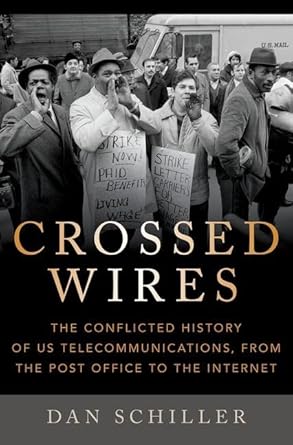[eBook] [PDF] For Artificial Justice 1st Edition By Tatiana Dancy
Imagine that Eric, a young man, has been convicted of a gang-related crime: he was found by police at the scene of a robbery carried out by his friends. The sentencing judge now needs to make a decision. Not knowing whether Eric poses a risk to the public, she turns to an algorithmic risk assessment – a set of rules, developed on the basis of correlations between individual characteristics and criminal activity, which predicts the likelihood of recidivism. Eric is a conscientious citizen, who has never before been in trouble with the law. However, he was raised in foster care, in an area with high rates of crime, poverty, and residential instability- facts to which the algorithm attributes a high risk score. The judge recommends a sentence of the maximum possible duration, with extended post-release supervision.
Why does this matter? The answer most often given is that it matters because of inequality, captured through the language of ‘bias’ or ‘discrimination’: the effect of using algorithms can be to exacerbate unjustified differences between people, on the basis of considerations such as race, sex, or socio-economic circumstance.












![[eBook] [PDF] For Nurse Practitioner Certification Examination and Practice Preparation 5th Edition](https://librarysources.com/wp-content/uploads/2024/07/1-4.jpg)
Reviews
There are no reviews yet.